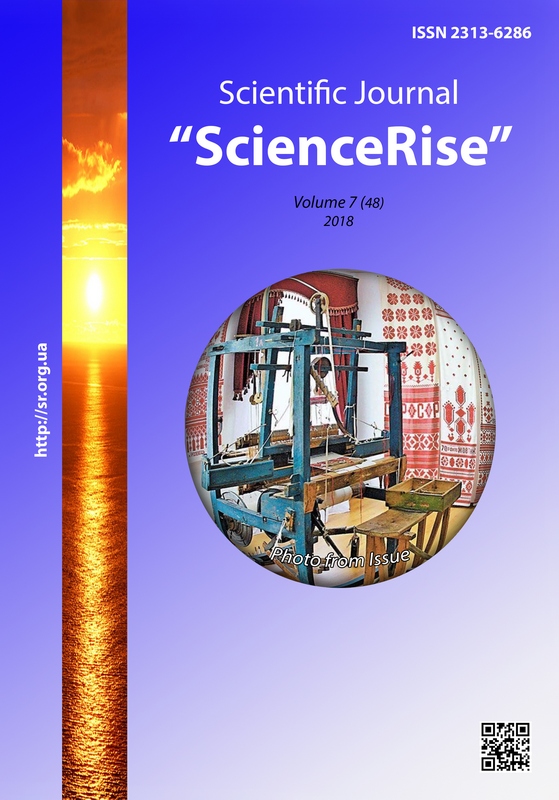Аналіз татуювання кланово-представницьких спільнот та його позитивна деформація в суспільстві
DOI:
https://doi.org/10.15587/2313-8416.2018.140257Słowa kluczowe:
татуювання, дизайн, кланові суспільства, угрупування, функції, види тату, естетична складова, високохудожні малюнкиAbstrakt
В даній статті розглянута проблематика впливу татуювання в кланових суспільствах, як одного з підвидів сучасного татуювання в цілому. Проаналізовані різноманітні тату в окремих кланових спільнотах та угрупуваннях. Сформульовані результати дослідження по вивченню відмінностей, направлень, як позитивних так і негативних, окремих представницьких спільнот та їх татуювань
Bibliografia
Hamble, U. D. (2014). Tattoo history Signs on the body. Rituals, beliefs, taboos. Moscow: Center Polygraph, 272
Levy-Strauss, C. (2001). Structural anthropology. Moscow, 274
Polosmak, N. V. (1996). Burial of the noble Pagirisk woman. 167.
Baldaev, D. S. (2006). Tattoos of prisoners. Saint Petersburg: Limbrouss Press, 168.
Mednikova, M. B. (2007). Indelible signs: a tattoo as a historical source. Moscow: Languages of Slavic cultures, 220.
Pyrozhkov, V. F. (1994). The laws of the criminal world of youth. Criminal subculture. Ch. 4. Tver: Izd. Prize, 320.
Queen, W. (2005). Under and Alone. Random House, 228.
Kusters, A. Odo Yakuza Tokyo. Zabrozas. Burn Magazine, 224.
Baranovsky, V. A. (2002). The art of tattooing. Moscow: Slavic House of the Book, 320.
Bodalev, A. А. (1998). Peak in the development of an adult. Moscow, 278.
##submission.downloads##
Opublikowane
Numer
Dział
Licencja
Copyright (c) 2018 Alexander Krotevich

Utwór dostępny jest na licencji Creative Commons Uznanie autorstwa 4.0 Międzynarodowe.
Our journal abides by the Creative Commons CC BY copyright rights and permissions for open access journals.
Authors, who are published in this journal, agree to the following conditions:
1. The authors reserve the right to authorship of the work and pass the first publication right of this work to the journal under the terms of a Creative Commons CC BY, which allows others to freely distribute the published research with the obligatory reference to the authors of the original work and the first publication of the work in this journal.
2. The authors have the right to conclude separate supplement agreements that relate to non-exclusive work distribution in the form in which it has been published by the journal (for example, to upload the work to the online storage of the journal or publish it as part of a monograph), provided that the reference to the first publication of the work in this journal is included.

